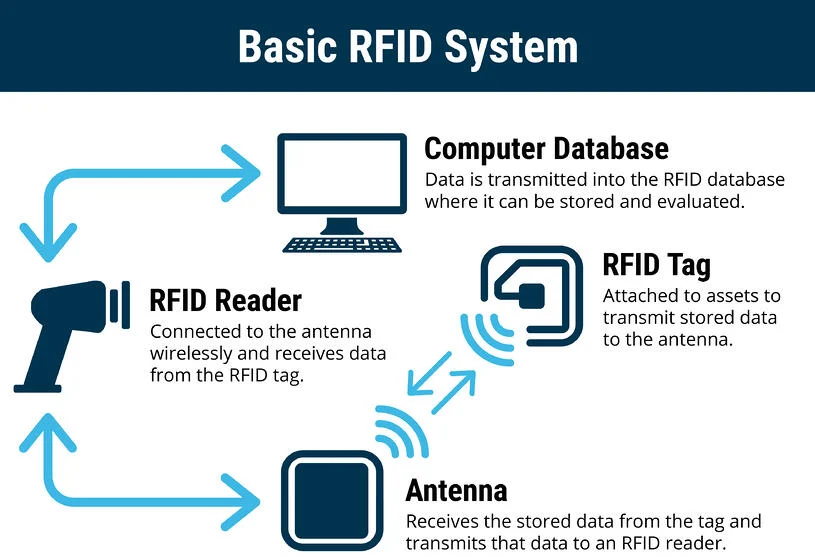Important Facts For Prelims
RFID of Ammunition Stock
- 02 Mar 2022
- 3 min read
Why in News
Recently, the Indian Army commenced implementation of Radio Frequency Identification (RFID) tagging of its ammunition inventory.
- Earlier in 2021, the Union Government integrated the E-Way Bill (EWB) system with FasTag and RFID.
What is Radio Frequency Identification?
- RFID is a type of passive wireless technology that allows for tracking or matching of an item or individual.
- The system has two basic parts: Tags and Readers.

- The reader gives off radio waves and gets signals back from the RFID tag, while the tag uses radio waves to communicate its identity and other information.
- A tag can be read from up to several feet away and does not need to be within the direct line-of-sight of the reader to be tracked.
- The technology has been approved since before the 1970s but has become much more prevalent in recent years due to its usages in things like global supply chain management and pet microchipping.
What is RFID of Ammunition Stock?
- The RFID implementation has been steered by the Ordnance Services Directorate of the Indian Army, in conjunction with Munitions India Limited (MIL), Pune, the newly created entity formed post corporatisation of the Ordnance Factories Board (OFB).
- The RFID tagging is in conformity with global standards in consultation with GS-1 India, a Global Standards organisation set up by the Ministry of Commerce and Industry.
- The RFID tags will be interpreted and used for asset tracking by the Enterprise Resource Application run by the Computerised Inventory Control Group (CICG) of the Ordnance Services Directorate
What is the Significance?
- It will transform management of ammunition and bring in a quantum jump in ammunition lot management and tracking capability.
- It will make ammunition storage and use by soldiers safer and provide enhanced satisfaction to the field Army.
- It shall lead to increased efficiency in all technical activities carried out in Ammunition Depots and reduce inventory carrying costs.




